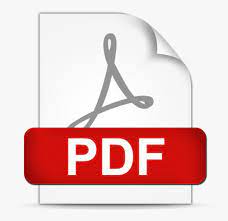– C G Jung
Completed in his 81st year, it is Jung’s last major work on the synthesis of opposites in alchemy and psychology. <div class"quotation">The book—with ten plates, a bibliography, an index, and an appendix of original Latin and Greek texts quoted—provides a final account of Jung’s lengthy researches in alchemy. He empirically discovered that certain key problems of modern man were prefigured in what the alchemists called their “art” or “process."
Edward F. Edinger poses an important question in the introduction to his book The Mystery of The Conjunctio:
One might ask, why alchemy? … The alchemists were fired with the beginnings of the modern spirit of inquiry, but yet, as investigators of the nature of matter they were still half asleep. So, in their zeal to investigate those newly opened vistas, they projected their fantasies and dream images into matter. In effect, they dreamed a vast collective dream using chemical operations and materials as imagery and subject matter for that dream. Alchemy is that great collective dream, and what makes it so important for us is that it’s the dream of our ancestors. The alchemists were rooted in the Western psyche which we’ve inherited, so their imagery, their fantasy, their dream, is our fantasy and our dream. That’s what Jung demonstrates so magnificently in his major works on alchemy.
Jung maintained that:
The world of alchemical symbols does not belong to the rubbish heap of the past, but stands in a very real and living relationship to our most recent discoveries concerning the psychology of the unconscious.
The Journal of Analytical Psychology said of this book:
What Jung has to convey is so truly original and so far ranging in its implications that I suspect this book will be a real challenge even to those most psychologically sophisticated. What he here presents in rich and documented detail can perhaps best be described as an anatomy of the objective psyche.
 View
View